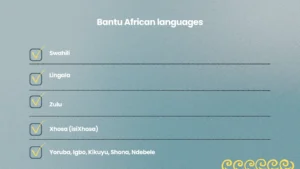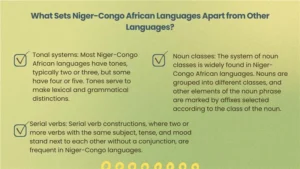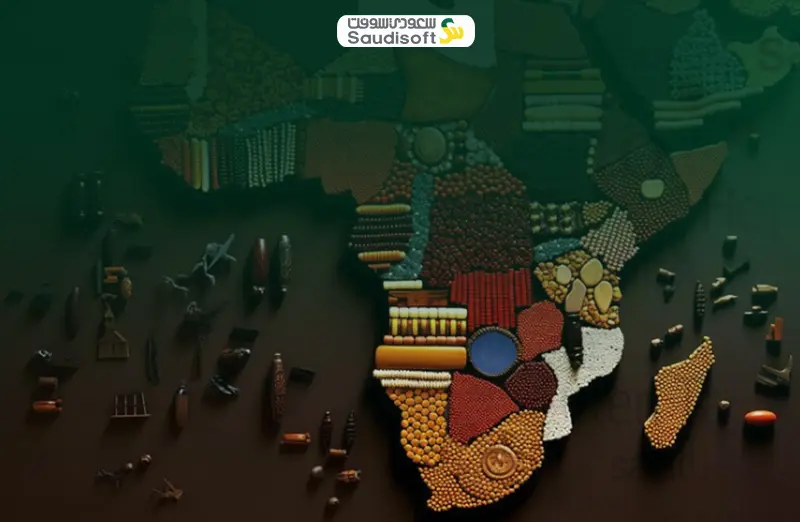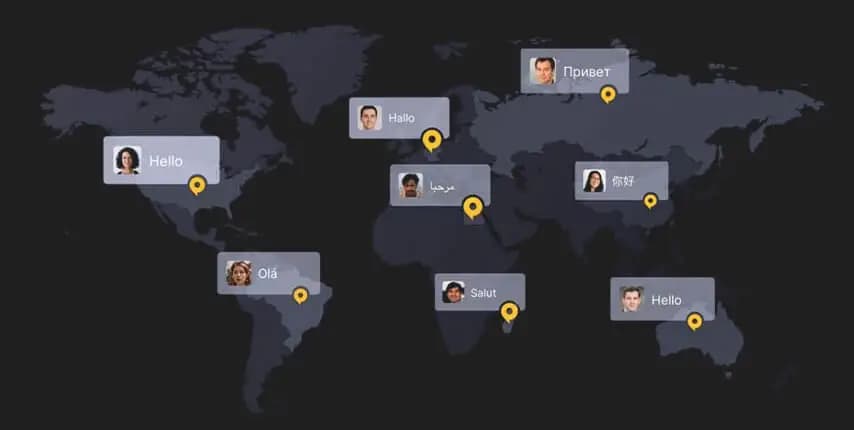African Languages: Beyond the Surface
 African languages vary as much as the cultures of continent differ from one place to another. This variety in cultures and languages has made Africa very rich, yet this richness in languages and cultures has created a gap between businesses and the locals.
African languages vary as much as the cultures of continent differ from one place to another. This variety in cultures and languages has made Africa very rich, yet this richness in languages and cultures has created a gap between businesses and the locals.
It’s hard for global businesses to communicate with their customers in Africa because of the language and culture border. Here came the African languages localization role to make it easier to market and sell their products in the local African market.
In This article, we will look into the beauty of rare African languages and non-rare African languages and their localization into other languages:
- African Languages: A Linguistic Tapestry of Rare and Common Threads
- Bantu African languages
- What Sets Niger-Congo African Languages Apart from Other Languages?
- Nilo-Saharan African Languages
- Afro-Asiatic African Languages
- Khosian Languages as A Part of African Languages
- Conclusion
African Languages: A Linguistic Tapestry of Rare and Common Threads
The African languages are divided into widely spoken languages and rare languages. If you decided to go into the African market, learning about African languages localization can help your business grow, as your audience will engage more with your business and will be able to find you among the local African brands.
Bantu African Languages
Bantu African languages are spoken by over 30% of Africa’s population. The Bantu language family is a large group of languages spoken by hundreds of millions of people in sub-Saharan Africa. There are hundreds of distinct Bantu languages, with about one-third of all Bantu speakers and languages found in the Democratic Republic of Congo. These languages descended from a common Proto-Bantu language, which originated in Central Africa thousands of years ago.
Major Bantu Languages
| Language | Details |
|---|---|
| Swahili | Spoken in Tanzania, Kenya, Uganda, DRC. Over 70 million speakers, influenced by Arabic. |
| Lingala | About 40 million speakers in Congo. Influenced by French, Portuguese, English, Spanish. |
| Zulu | 28 million speakers in South Africa. Features click sounds borrowed from Khoisan languages. |
| Xhosa | Official in South Africa. Tonal and click language closely related to Zulu and Swati. |
| Yoruba, Igbo, Kikuyu, Shona, Ndebele | Spoken across Nigeria, Kenya, Zimbabwe, South Africa. Rich in tradition and diversity. |

Niger-Congo is considered the largest language family in the African language family. Niger-Congo African Languages family is divided into nine major branches:
- Mande
- Kordofanian
- Atlantic
- Ijoid
- Kru
- Gur
- Adamawa-Ubangi
- Kwa
Features of Niger-Congo Languages
- Tonal systems: 2–5 tones for lexical/grammatical distinctions.
- Noun classes: Nouns grouped into classes marked with affixes.
- Serial verbs: Multiple verbs used together without conjunctions.
Major Languages
| Language | Speakers |
|---|---|
| Yoruba | ~45 million (Nigeria, Benin, Togo) |
| Igbo | ~44 million (Nigeria) |
| Kikuyu | ~6 million (Kenya) |
| Shona | ~14 million (Zimbabwe) |
| Ndebele | ~2 million (Zimbabwe, South Africa) |
Afro-Asiatic African Languages
The Afro-Asiatic African languages family is a vast and diverse group of languages spoken across North and East Africa, as well as the Arabian Peninsula. Approximately 500 million people are native speakers of an Afro-Asiatic language, with Arabic having 300 million speakers.
Main Branches
- Semitic (Arabic, Hebrew, etc.)
- Egyptian / Coptic
- Berber (Amazigh)
- Omotic (Ethiopia)
- Chadic (Hausa, Nigeria)
- Cushitic (Somali, Oromo)
Khosian Languages
Khoisan languages are known for click sounds. They are spoken in Namibia, Botswana, Angola, and South Africa. Many are endangered.
Main Families
- Khoe-Kwadi (Nama, Khoekhoe)
- Kx’a (Kung people, Namibia & Botswana)
- Tuu (Ora people, South Africa & Botswana)
- Hadza (isolated, Tanzania)
- Sandawe (isolated, Tanzania)
Nilo-Saharan African Languages
Spoken in sub-Saharan Africa, along the Nile River. Includes Nubians, Dinka, Nuer, Murle.
Main Groups
- Songhai: 4+ million speakers in Niger, Mali.
- Eastern Sudanic: Includes Nilotic and Nubian languages.
- Western Sudanic: Spoken in Chad, Sudan, Nigeria, Cameroon.
Conclusion
Localizing your content into African languages could help your business expand into global markets and communicate with potential customers. Contact Saudisoft for further details about African language localization and translation.









